HR Fired Me Before My Vacation — They Forgot One Thing

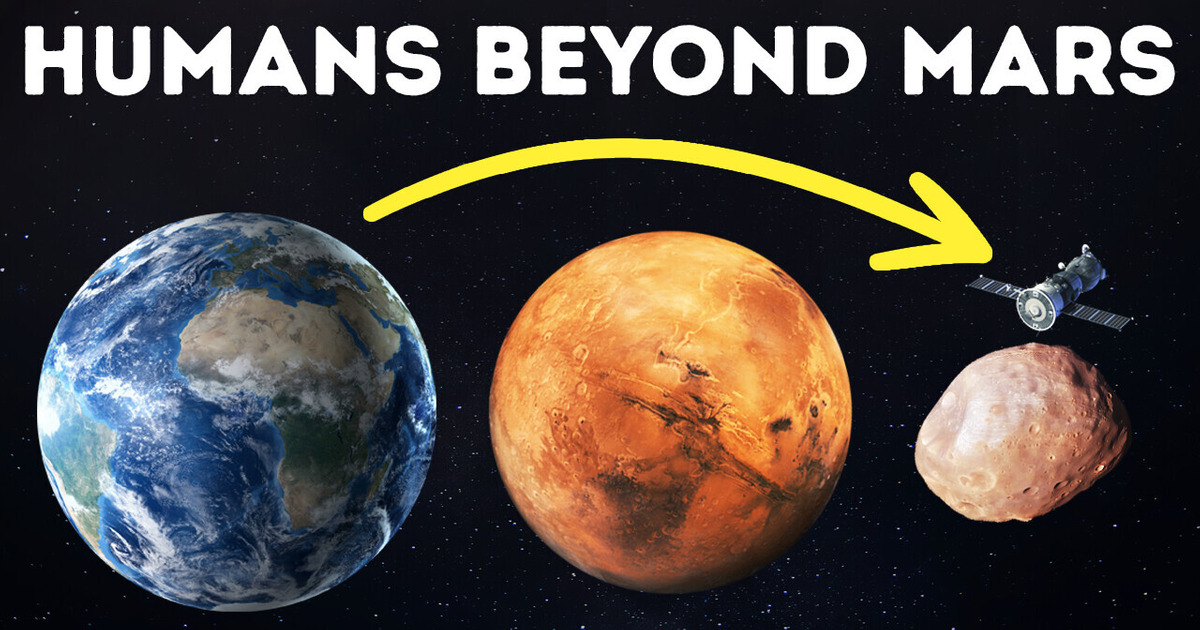
It’s the year 2031, and the first human has just set foot on the red surface of Mars. It was a long flight that lasted 172 days. It was a tough journey. There were lots of technical issues. There were some physiological obstacles. Astronauts had to deliver tons of equipment and energy-generating and life-supporting systems to the Red Planet.
Those responsible for the mission had to understand how to deal with low-pressure atmosphere and catastrophic sandstorms. How to keep people safe on Mars’ surface, and how to bring them back to Earth after their work is done. It does sound like a science-fiction story. But soon, it’s going to be our reality.
But the coolest thing? It’s not the limit. After exploring Mars, people might set even more ambitious goals. And this is what some of them may look like.
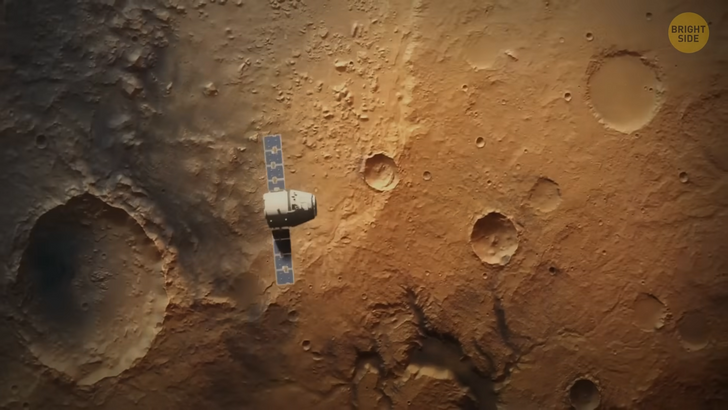
The next planet to visit could be Venus. But it would be a challenging task. Venus is also called the Morning or Evening Star. All because it shines so brightly in Earth’s sky that it’s the first one to appear after sunset and the last one to vanish after sunrise. But in terms of exploration, Venus is very unfriendly to humans.
Its atmospheric pressure is about 92 times as great as the pressure on Earth. And the temperatures on its surface are, on average, 850˚F. Modern technologies wouldn’t allow us to build an infrastructure that would allow people to survive on the planet for longer than a couple of minutes. But then, why would we set sail for Venus?
Here’s a curious thing: at the height of 30 to 40 miles above the surface of the planet, there are the most Earth-like conditions in the entire Solar System! The pressure there is almost the same as in the mountains on Earth. And the temperatures range from 70 to 85˚F. If the planet’s atmosphere was made up of oxygen and not toxic gases, we could live there without any additional equipment!
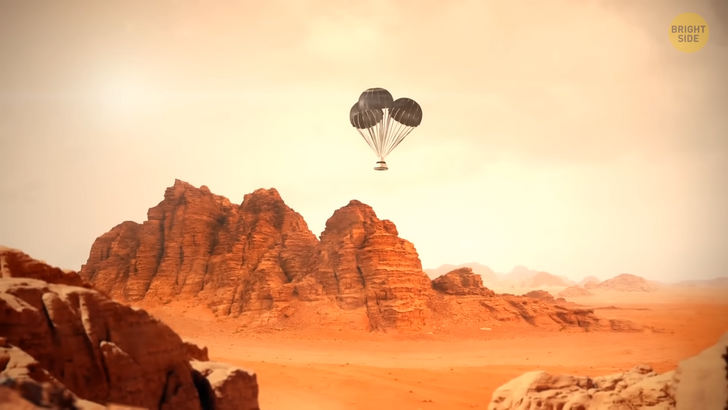
Or we could go to Phobos and Deimos — those are Mars’ moons. It would be the first time humans set foot on the moon of some other planet. Phobos is located a mere 3,700 miles away from the surface of the Red Planet. It would take no longer than a day to reach it. This potato-shaped piece of rock is quite small — a mere 13 miles across. This is the reason why it has very weak gravity.
Deimos is a bit farther away from Mars — about 15,000 miles. But this mini-moon is even smaller than Phobos. It’s a bit more than 7 miles across. In other words, visiting these moons wouldn’t be unlike landing on an asteroid. And the greatest challenge astronauts would face would be leaving the surface of Mars. To do it, they would need loads of fuel. So, most likely, the first trips to Phobos and Deimos would be launched from space stations orbiting Mars.
We could set an even more ambitious goal and head for Jupiter and its moons. The distance between this gas giant and our home planet is 365 to 600 million miles. This distance can be so different because the planets follow their elliptical orbits around the Sun, getting closer, then farther apart. The minimal distance occurs every 13 months.
If people set off on this long journey during this period of time, it would still take them about 2 years to get there. Since Jupiter is mostly gas, on-planet exploration wouldn’t be possible. We could probably fly around the largest planet in the Solar System and even dive into its atmosphere. But much more interesting for exploration objects would be Jupiter’s moons.
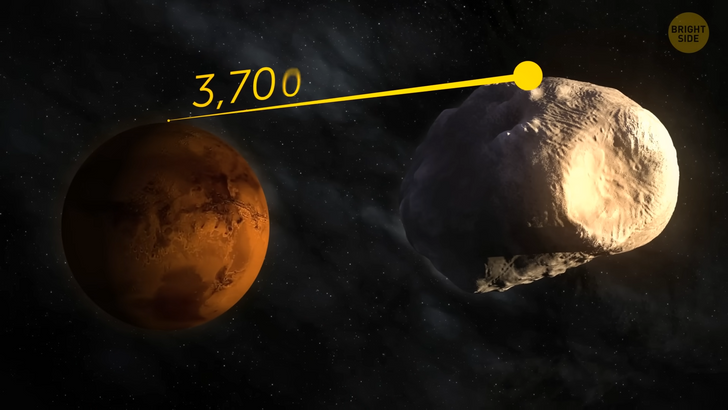
Let’s say Europa. This natural satellite has a water-ice crust. It can be from 10 to 15 miles thick. Under this crust, there might be liquid water. The core of the moon might consist of liquid metal inside a rocky shell. Its super-thin atmosphere contains some oxygen.
Considering all this, it would be a rather comfortable place for people to explore — if not for its temperature. It doesn’t rise above −240˚F. We could visit another Jupiter’s moon that is called Ganymede. It’s an ice satellite with a very thin atmosphere that contains oxygen. Or Callisto — it’s the second largest among Jupiter’s moons. Its icy crust is about 124 miles thick, and it’s very cold on the moon — around −220˚F!
People could also send an expedition to Saturn and its moons, for example, Titan or Rhea. The gas giant itself is twice as far away from Earth as Jupiter. It means it would take astronauts more than 3 years to get to this planet. But if the spaceship was launched from a space station on Mars, it could reduce the travel time by 25 to 50%!
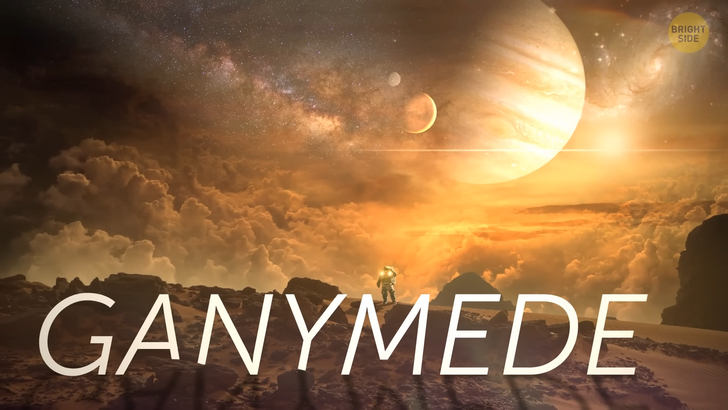
But even if the starting point of this expedition was Earth, with advanced technologies, like nuclear thermal propulsion, such a journey could take just a year or even less. Saturn can’t be explored directly, so researchers would probably start with its largest moon — Titan. It’s also the second-largest moon in the Solar System. This natural satellite has an atmosphere that mostly consists of nitrogen.
The pressure on its surface is twice higher than that on Earth. There are winds and rain on Titan, lakes and rivers — but those consist of liquid ethane and methane rather than water. It’s actually a good thing. We’d have a lot of resources to produce fuel and energy.
Rhea is the second-largest of Saturn’s moons. It’s made up mostly of water ice. Its atmosphere is super thin, but it also has some oxygen in it. Actually, all the largest moons of Saturn have only one serious drawback — it’s freezing cold there. On the bright side, they all have plenty of resources to produce energy and other life-sustaining elements. And it would be much easier and faster than the same process on Mars.
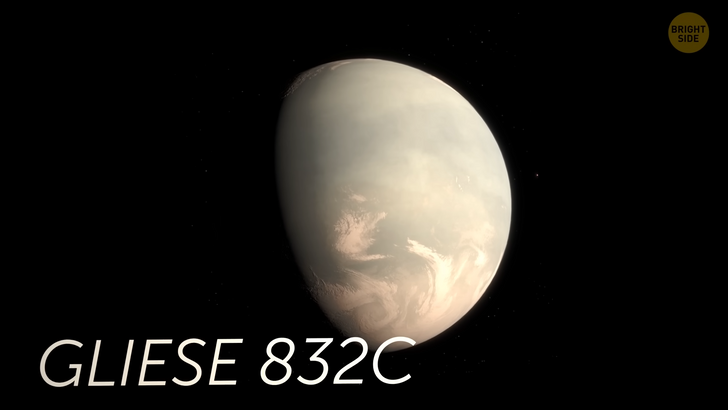
But what if we could explore exoplanets? Those are planets that travel outside our Solar System. If we managed to get so far away from Earth, maybe we would reach some potentially habitable worlds. It could be Proxima Centauri b. It’s the closest to Earth exoplanet. And recently, astronomers have found out that this world might resemble Earth even more than they previously thought.
It’s only 17% more massive than our home planet. It orbits a star that is dimmer and less massive than the Sun. Proxima Centauri b is in the middle of the star’s habitable zone. This means that the chances are liquid water — and life — might exist on the planet! It looks like the exoplanet is tidally locked with its parent star. It means one of its sides faces the star at all times. And the other is always in the darkness.
Scientists haven’t figured out yet whether the planet has an atmosphere. It’s traveling too close to its star, so the radiation from the star might be pulling the planet’s air away. If this is the case, Proxima Centauri b isn’t likely to have liquid water on its surface. It would take way longer to reach potentially habitable Gliese 832c.
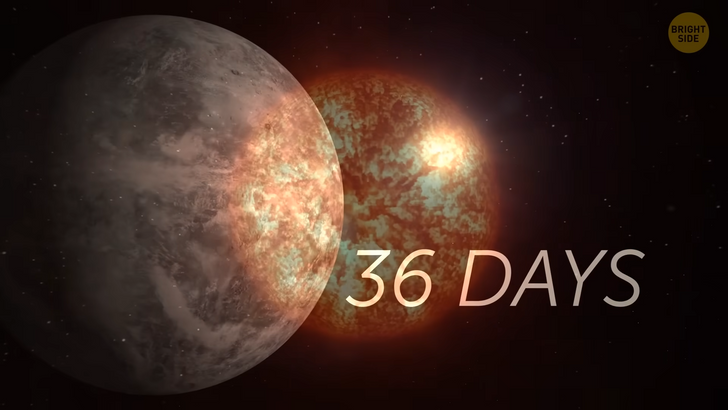
This exoplanet is 16 light-years away from Earth — in the cosmic scheme of things, it’s a stone’s throw away. Gliese 832c is 5 times as massive as Earth and travels much closer to its parent star. That’s why a year on this planet lasts a mere 36 days.
But since this parent star is a red dwarf, it’s much cooler and dimmer than the Sun. So, Gliese 832 c gets as much light and heat as our planet does. At the same time, it’s still unclear if Gliese 832 c is similar to Earth.
It probably has a much thicker atmosphere that creates a runaway greenhouse effect. This phenomenon occurs when a planet absorbs more heat from its host star than it can release back into space. This means that, unfortunately, Gliese 832 c is more likely to resemble scorching-hot Venus rather than relatively cool Earth.











